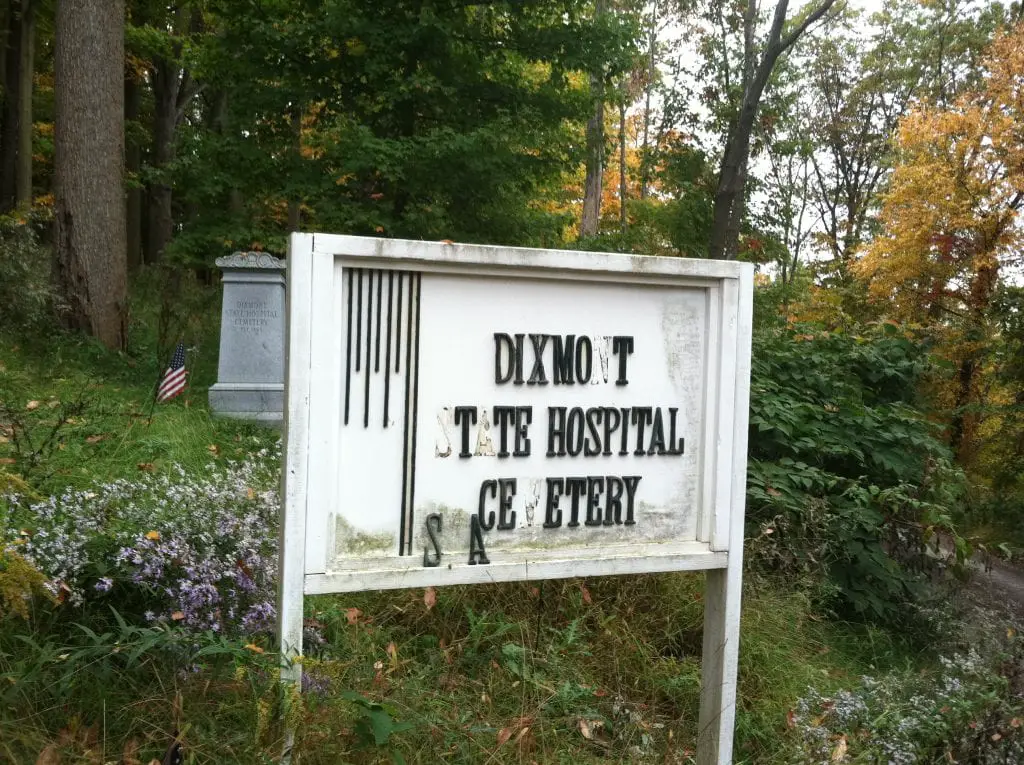Establishment of Dixmont State Hospital and Early Years
In the mid-19th century, the Western Pennsylvania Hospital in Pittsburgh grappled with a burgeoning patient population.
The hospital, which had just completed its first year of operation in 1853, struggled to accommodate the increasing number of patients from jails and almshouses. The solution? A separate institution dedicated to mental health care.
The hospital's managers used a $10,000 state appropriation to purchase a large tract of farmland on a hill overlooking the Ohio River. The location, north of Pittsburgh in what is now suburban Emsworth, was chosen for its serene setting.
The initial plan was to build the institution in the city, but Dorothea Dix, a prominent advocate for the mentally ill, rejected this idea.
A grand ceremony marked the laying of the cornerstone of the Dixmont Kirkbride building, a significant event in the hospital's early history. Construction began in 1859, and the Dixmont State Hospital opened its doors in 1862.
Self-Sufficiency and Infrastructure
From the outset, Dixmont State Hospital was a model of self-sufficiency. The hospital boasted its farmlands and livestock, a rail station, and even a post office.
The facility was equipped with a water treatment plant, a sewage treatment plant, and electricity-generating facilities.
Within its walls, diverse professionals worked to keep the hospital running smoothly. Bakers, butchers, farmhands, chefs, botanists, laborers, electricians, pipefitters, and even a dentist and a barber were all part of the Dixmont community.
This level of self-sufficiency was a testament to the hospital's commitment to providing a comprehensive, all-encompassing environment for its patients.
It was a place where every need was met, from food and shelter to medical care and occupational therapy. This holistic approach was a defining characteristic of Dixmont's philosophy of care.
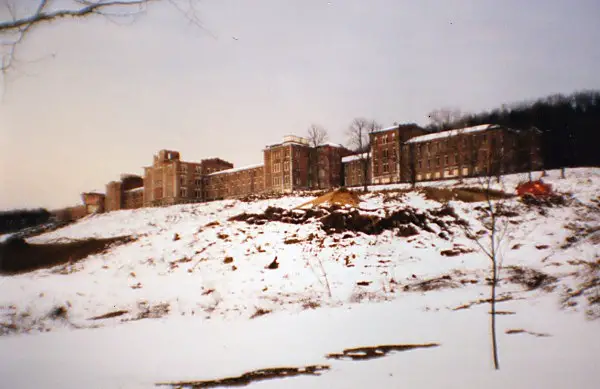
Overcrowding and Financial Troubles
The peace and tranquility of Dixmont State Hospital were disrupted in the 1920s. The aftermath of World War I saw a surge in patients with posttraumatic stress disorder (PTSD). The hospital, already operating at maximum capacity, was forced to stop accepting new admissions.
Financial difficulties soon followed, exacerbated by the Great Depression. By 1946, the PA Department of Welfare had to step in, and Dixmont became a state-owned hospital.
The transition to state ownership marked a significant turning point in Dixmont's history. Once a beacon of self-sufficiency and innovation, the hospital was now grappling with financial instability and overcrowding. Despite these challenges, the hospital continued to serve its patients, albeit under increasingly strained conditions.
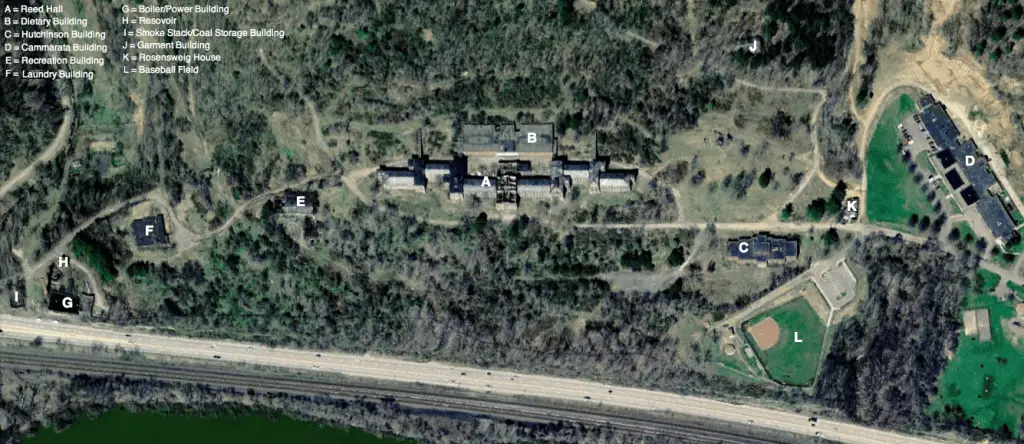
Controversial Practices and Decline
The mid-20th century brought with it a shift in psychiatric care philosophies. Previously decried procedures such as lobotomies and electro-shock therapy were introduced at Dixmont State Hospital.
The hospital's financial situation worsened in the 1970s, leading to a decline in patient numbers and the eventual closure of the hospital in 1984.
The closure of Dixmont was a reflection of broader trends in mental health care. The concept of deinstitutionalization, coupled with advancements in psychiatric medication, led to decreased reliance on large state institutions. Dixmont State Hospital, like many similar hospitals, was a casualty of these changing philosophies.
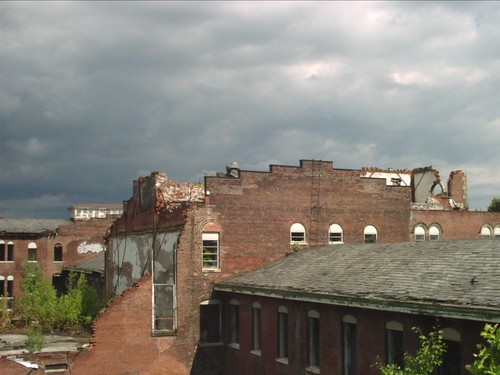
Post-Closure and Demolition
After the hospital's closure, several proposals were made to reuse the facilities as nursing homes and senior-citizen living. However, none of these plans came to fruition. In 2005, demolition began to make way for a Walmart shopping center. The demolition was not without controversy, as it led to landslides that disrupted local transportation.
The demolition of Dixmont State Hospital was a significant event, marking the end of an era. Once a bustling, self-sufficient community, the hospital was now a memory. The controversy surrounding the demolition served as a reminder of the hospital's historical significance and the impact it had on the local community.
Eventually, in 2007, Walmart declined to build a shopping center, and the site has remained vacant ever since.
The Remaining Structures
The Cammarata Building is the only remaining structure from the original hospital today. Also, the state-owned cemetery remains where many of the hospital's patients were buried. The simple stones marking the graves are a poignant reminder of the hospital's past.
The Cammarata Building and the cemetery are physical reminders of Dixmont's history. They stand as testaments to the hospital's legacy, offering a tangible link to the past. For those who remember Dixmont, these structures are poignant reminders of a bygone era.
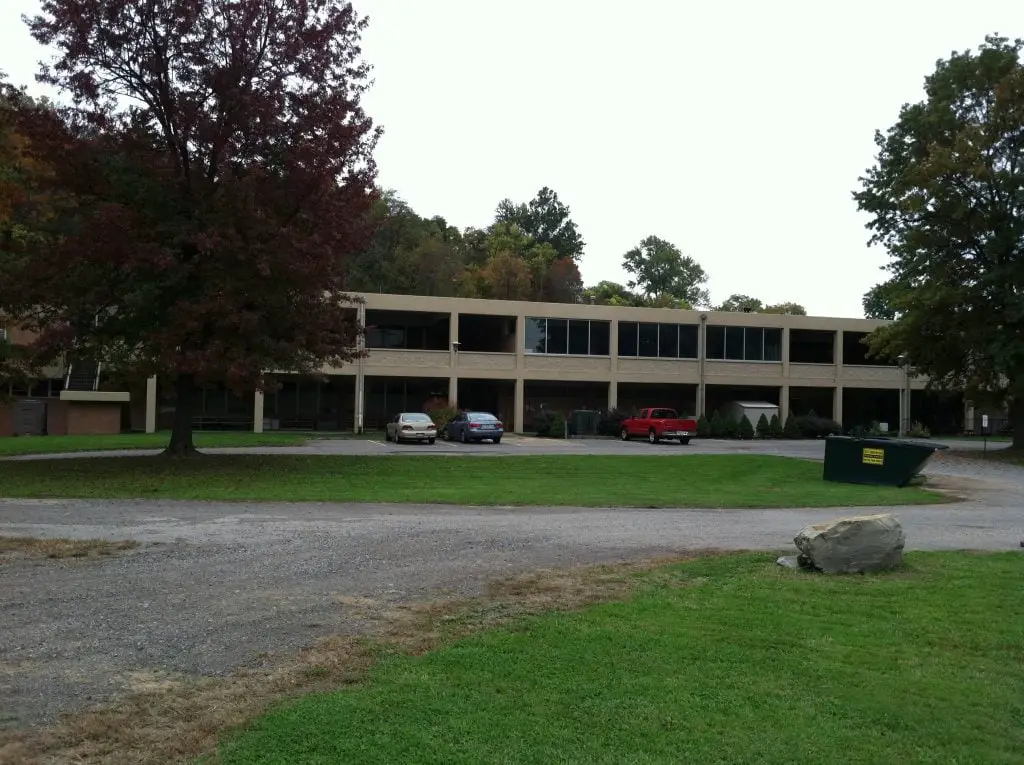
Legacy and Impact
Dixmont State Hospital left an indelible mark on the history of psychiatric care. Its legacy continues to resonate in the present day, as the property symbolizes a bygone era in mental health care.
Dixmont's story reflects the broader history of psychiatric care in Pennsylvania and the United States. From its establishment as a state-of-the-art institution to its closure in the face of changing philosophies, Dixmont's journey mirrors the evolution of mental health care.
Its legacy serves as a reminder of the strides made in psychiatric care and the challenges that have been faced along the way.
